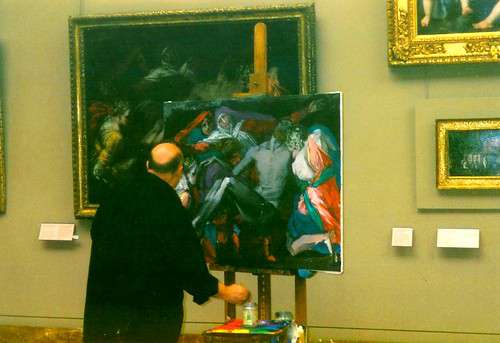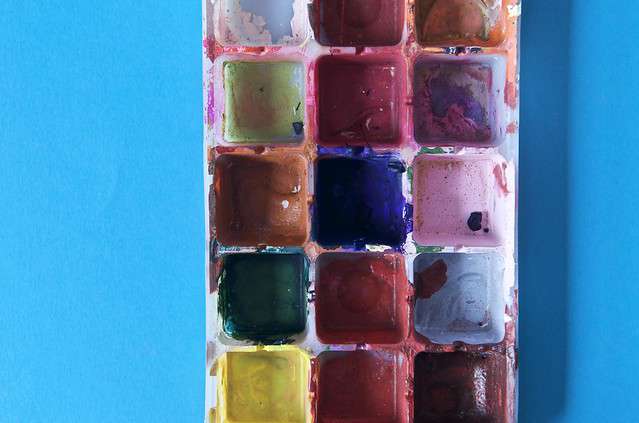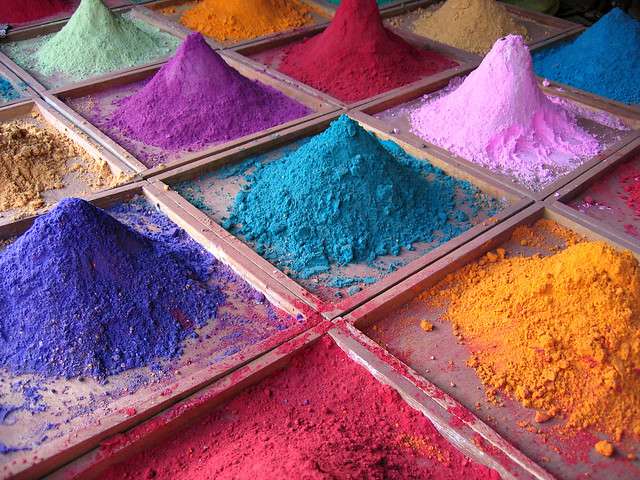
Artists such as Picasso, Rembrandt, Matisse, and van Gogh are renowned for their technical skill as well as their innovative use of color and pigments. Given the high value of their paintings, many of which are worth tens of millions of dollars, it is no surprise that an alternative market has developed alongside the selling of these paintings, namely the art forgery market. The FBI estimates that each year $6-8 billion of criminal income is generated from stolen and forged artwork. And as an example of the destructiveness of this ‘shadow industry,’ in 2013 an FBI investigation revealed two Manhattan galleries had spent more than $30 million dollars on sixty-three works of forged and useless art. Ultimately, if those who forge art have deceived the most careful collectors and organizations, how can galleries and art collectors better protect themselves?

Sometimes imitation is not the sincerest form of flattery. Standardized techniques such as spectrophotometric analysis could decrease the circulation and incidence of forged work, is of utmost importance to the art world.
Image Source: Flickr user cangaroojack
Spectrophotometric analysis could greatly improve the detection of forged artwork
Individuals in the art world will often say the best protection against forgeries is to know everything about the art created by an artist. This includes his or her favored subject matters, brush strokes, color choice, and mediums. But as famed art forger Mark Landis told Gizmodo, technology has greatly improved the abilities of art forgers like himself to almost perfectly reproduce original artworks. In this climate, the common use of spectrophotometric analysis could greatly improve collectors’ ability to authenticate works. Spectrophotometric analysis enables collectors to determine very precise information about color and pigments or even a work’s texture, which can be used by collectors when an artwork is suspected to be a forgery.
Alternatively, art collectors could use spectrophotometric analysis to develop a “spectrophotometric fingerprint” for popular artists based on an analysis of colors, pigments, and the mediums popularly used in their work. When works under inspection differ from an artist’s fingerprint, more analyses could be done to determine the authenticity of the artwork. If such a system became widely available it could potentially reduce the number of forged artwork in circulation and also increase the likelihood that forgeries are quickly identified and forgers reprimanded, thus saving billions of dollars.

If spectrophotometric analysis became standardized in the art world, forgery could become a thing of the past.
Image Source: Flickr user THOR


